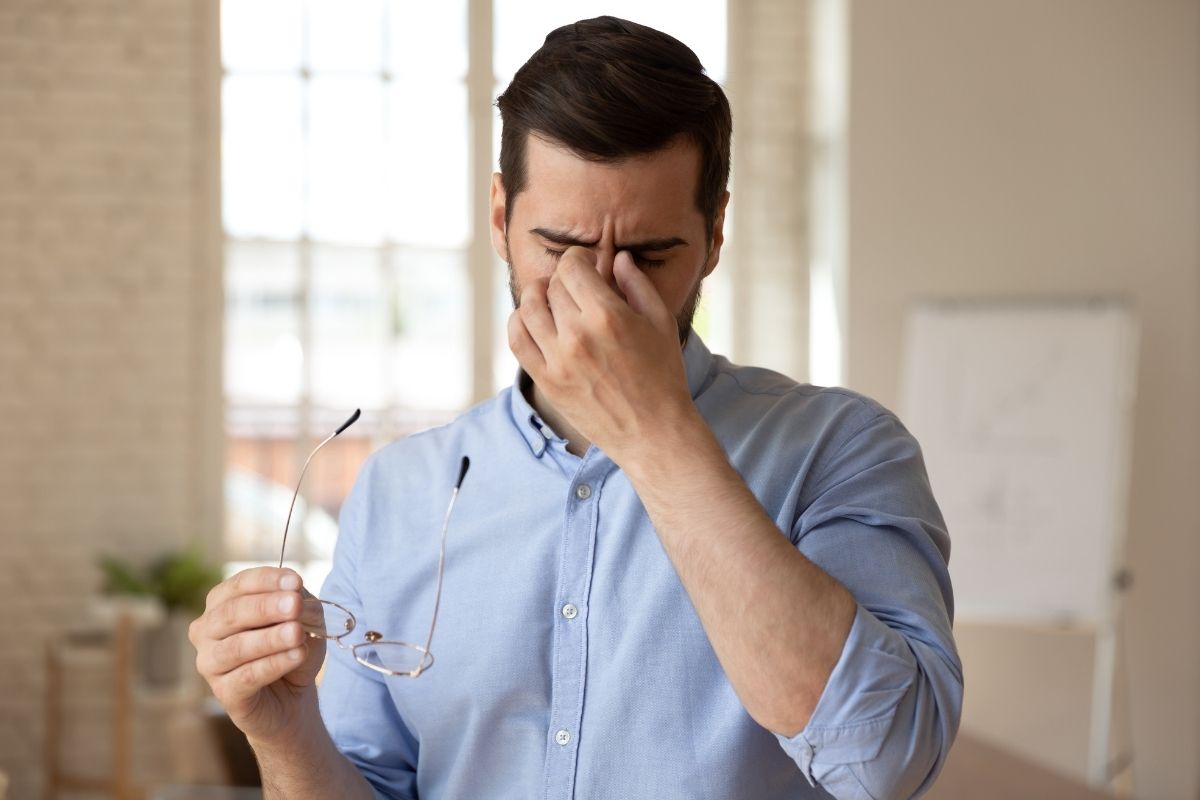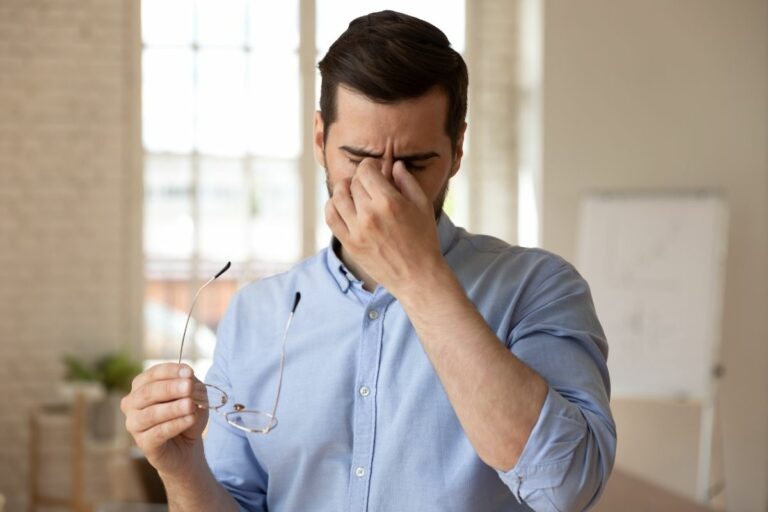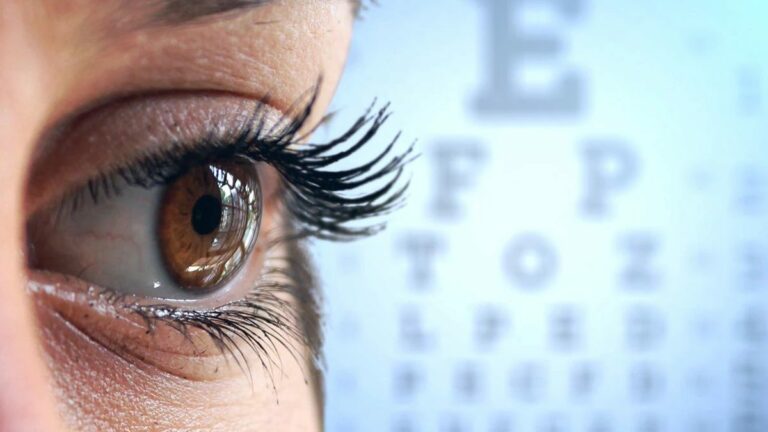Dry Eye
Dry Eye
Dry eye is a disease that involves scarcity and/or deterioration of the quality of tears leading to inflammation of the ocular surface. It usually affects both eyes and is a condition that is more common in women than in men, especially during menopause and after menopause.
You need tears to moisturize the eyes and to get rid of particles that have entered your eyes, and the presence of tears is healthy for the eyes and is necessary for good vision. Dry eye occurs when the eye is unable to maintain a healthy layer of tears.
Symptoms of dry eyes
Symptoms of dry eyes include irritation, itching, burning and stinging, a feeling of dryness like grit in the eyes and even blurred vision and fluctuating visual acuity. These symptoms are usually exacerbated in dry environments with low humidity and in environments with a lot of wind and are also exacerbated when the patient stares at something for a prolonged period of time. Symptoms may include
- Burning, itching, or redness of the eye
- Blurred vision
- Feeling itchy
- Scratching in the eye
- Photosensitivity

Causes and risk factors
Dry eye is a multifactorial disease i.e. a variety of factors may be causing it. The most common cause is hormonal changes that lead to poor functioning of the tear glands and reduce tear blockage. Dry eye may also be a side effect of systemic diseases, especially autoimmune diseases such as rheumatoid arthritis and systemic lupus erythematosus.

1. Age and gender. The older you are, the greater the chance of dehydration. If you are a woman, the risk is higher.
2. Use of contact lenses, chronic use of eye drops, and history of eye surgery.
3. Not closing the eyelids properly and scarcity of blinking.
4. Chronic inflammatory diseases affecting the surface of the eye, such as chronic allergic conjunctivitis and eye burns.
5. A patient with autoimmune diseases.
6. Use of some chronic systemic medications such as antidepressants and antihistamines.
7. Excessive use of computers, or other electronic reading devices, that the patient has to stare at, leads to less blinking often and thus increased evaporation of tears on the surface of the eye.
8. A dry environment with little humidity or a lot of wind
Types of dry eye disease
The tear mixture consists of 3 layers, the fatty layer produced by the glands in the eyelids, the aqueous layer produced by the main lacrimal glands, and the mucin layer produced by the cells in the surface of the eye. There are 3 main types: 1. The first type is with the absence of an aqueous layer, i.e. There is a scarcity of tears. 2. The second one is with a lack of lipid layer, the amount of tears is normal but the outer layer composed of lipids that prevents excessive evaporation of the tear film is missing and the tears of these patients evaporate immediately causing evaporative dry eye. 3. The mixed type, where there is a deficiency in the aqueous layer and the fatty layer, and this is the most common type.
.

Prevention of dry eye condition
Some of the risk factors for dry eyes such as excessive use of computers and e-readers as well as excessive use of contact lenses can be prevented.
In the first case, if using the computer for hours on end is unavoidable, you should blink frequently when using it, and you should rest your eyes for 5 minutes every hour to prevent dehydration, also known as computer vision syndrome.
Dry eye disease treatment
Dry eye is a chronic disease that has no permanent cure. However, treatment has two goals: preventing and treating potential lesions on the surface of the eye resulting from dryness, and alleviating the symptoms of a patient with dry eye. Treatment includes:
1. Replace tears and increase lubrication on the surface of the eye. Artificial tears are used, preferably without preservatives, in the form of eye drops, gel or ointment. In severe cases, the use of blood products from the patient himself in the form of eye drops is an option.
2. Preventing the evaporation of tears on the surface of the eye by using glasses that cover the entire eye, including the sides.
3. Reduce inflammation of the ocular surface caused by dryness by using anti-inflammatory eye drops. The use of this type of medication must be strictly monitored by an ophthalmologist, as it has side effects such as increased eye pressure.
4. Improve and stimulate the function of the Meibomian lacrimal glands in the eyelids and thus increase the lipid layer to reduce the evaporation of the tear film. To reach this goal, a warm topical compress can be used on the eyelids, eyelid massage, and eyelid edge cleaning. Meanwhile, increasing omega-3 in the diet also helps. To improve the formation of tears.
5. Improve environmental conditions by using a humidifier or cups of water with large surfaces such as a wash basin.
6. Make the patient aware that blinking is very important to lubricate the surface of the eye and should be done at least 12 to 15 times per minute


1.You have red or painful eyes.
2. You have crusting, discharge, or inflammation of your eye or eyelid.
3. You have suffered an injury to your eye, or if your eye is swollen or a drooping eyelid.
4. You have pain, swelling or stiffness in the joints and dry mouth with symptoms of dry eyes.
5. Your eyes don’t get better with self-care in a few days.
Severe dry eyes caused by environmental factors, health problems, or medications may go away or improve once the cause of the dryness is identified and necessary adjustments are made — such as treating an underlying health problem or switching medications. Unfortunately, severe cases of dry eyes cannot be completely cured.
How can you get rid of dry eyes?
Artificial tears can lubricate your eyes and help relieve dryness. You can buy artificial tears without a prescription, or your doctor may prescribe lubricating eye drops. Lifestyle changes may also relieve dry eyes. This includes staying hydrated, limiting your alcohol intake and blinking more often. Often when working on a computer or reading.
What causes dry eyes?
People with dry eyes do not have enough tears. This is due to either decreased tear production or increased tear evaporation caused by environmental factors such as dry air or wind. Dry eyes can also occur as a normal part of aging.

Can you get dry eye in only one eye?
Although it usually affects both eyes, dryness can only occur in one eye. Dry eyes can feel like an itchy sensation in one or both eyes. You may also experience blurry vision, redness, and sensitivity to light.
Does dry eye ever just disappear?
It is often temporary, with symptoms improving with artificial tears or lifestyle changes. If symptoms do not improve with home treatment, your doctor may prescribe eye drops to relieve symptoms. This includes eye drops to reduce inflammation or stimulate tear production.
Batal Eye Center
Call us 8001111897
Contact us via Email: info@bataleyecenter.com
Address: 8125 Prince Sultan road, Murjana tower Jeddah, Saudi Arabia




